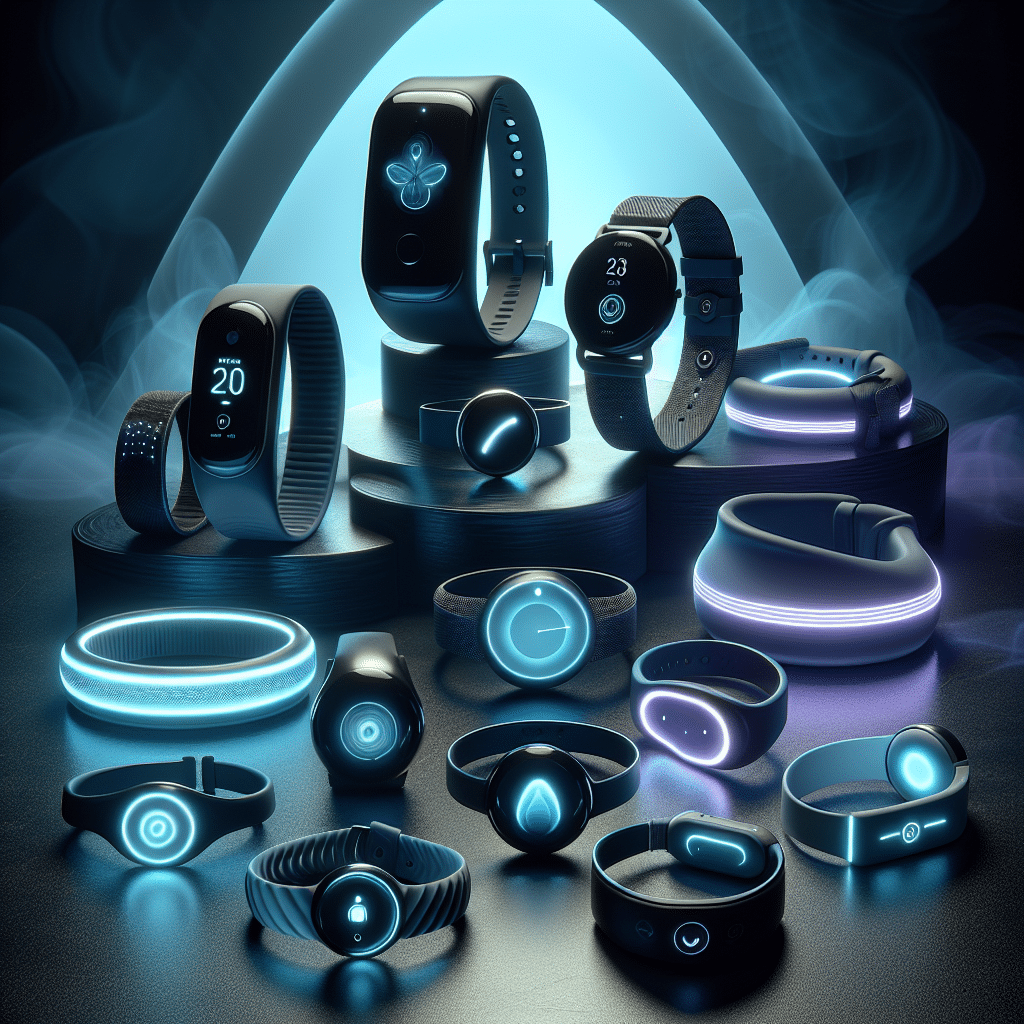Understanding Sleep Quality
Sleep quality is pivotal for overall health, affecting mood, cognitive function, and physical well-being. Poor sleep can lead to numerous issues, ranging from fatigue and irritability to chronic ailments. Thankfully, the rise of wearable gadgets has ushered in innovative ways to monitor and enhance sleep quality.
Types of Wearable Sleep Gadgets
1. Fitness Trackers
Popular Brands: Fitbit, Garmin, Apple Watch
Features: Most fitness trackers utilize accelerometers to gauge movement, distinguishing between light, deep, and REM sleep. They often employ heart rate monitors to provide insights into your sleep stages. The data collected can typically be accessed through a companion app, allowing users to analyze their sleep patterns over time.
- How They Help: By tracking your sleep, these devices raise awareness of your habits and provide actionable insights to improve your sleep routines, like recommending optimal bedtimes.
2. Sleep Headbands and Masks
Popular Brands: Sleepace, Dreem
Features: Sleep headbands and masks often include sensors to monitor brain activity, offering more detailed insights into sleep stages. Some headbands also incorporate soothing soundscapes or sleep sounds designed to promote relaxation and help transition you into sleep.
- How They Help: These gadgets not only track your brainwaves but also aim to enhance sleep quality through relaxation techniques and environmental control, effectively creating conducive sleep settings.
3. Smart Rings
Popular Brands: Oura Ring, Motiv Ring
Features: Smart rings are compact and stylish wearable options that monitor heart rate variability, temperature, and activity levels. The Oura Ring, for instance, provides a comprehensive analysis of sleep stages and overall readiness to face the day.
- How They Help: Beyond tracking, these smart rings offer personalized recommendations based on your physiological data, which can enhance your bedtime routine.
4. Sleep Monitors
Popular Brands: Withings Sleep, SleepScore Max
Features: Unlike wearables that are worn on the body, sleep monitors are placed under the mattress and utilize radar technology to assess sleep quality. They track factors like sleep cycles, interruptions, and even snoring patterns.
- How They Help: Clients receive detailed reports on their sleep metrics without the need for wearables, making them ideal for those who find traditional gadgets uncomfortable or cumbersome.
Benefits of Using Wearable Gadgets for Sleep Improvement
1. Enhanced Awareness
Using wearable technology helps users become more aware of their sleep habits and patterns. By tracking metrics like time spent in each sleep stage or the frequency of wake-ups, users can better understand what affects their sleep quality.
2. Personalized Recommendations
Many devices come with integrated AI or algorithms that analyze individual data, offering tailored recommendations for improving sleep hygiene. For example, a device may suggest adjusting your bedtime based on the analysis of your historical sleep data.
3. Sleep Environment Monitoring
Devices equipped with environmental sensors can monitor factors such as noise levels, temperature, and humidity. Understanding these elements helps users make necessary adjustments in their sleeping environment, which can significantly enhance sleep quality.
Specific Features to Look For
1. Sleep Stage Tracking
To optimize sleep quality, choose gadgets that provide detailed reports on sleep stages (light, deep, REM). Understanding how long you remain in each stage can help you adjust your sleeping patterns for optimal rest.
2. Heart Rate Variability Monitoring
Monitoring heart rate variability (HRV) can provide critical insight into stress levels and overall well-being. Devices that track HRV in conjunction with sleep patterns can offer comprehensive health insights.
3. Smart Alarms
Smart alarms wake users up during light sleep phases, leading to more refreshing awakenings. Look for wearables that have this feature to avoid grogginess upon waking.
Trends in Wearable Sleep Technology
1. Integration with Other Health Metrics
Wearable devices increasingly integrate sleep data with other health metrics like physical activity and heart health, giving users a holistic picture of their overall fitness and well-being.
2. AI and Machine Learning
Machine learning algorithms are enhancing the predictive capabilities of wearable gadgets. They not only analyze historical data but also adapt recommendations based on changing patterns in users’ lives, such as stress, travel, and lifestyle changes.
3. Sleep Coaching
Emerging technologies are adding sleep coaching services to their offerings. These services usually involve personalized sleep improvement plans based on the data collected over time.
User Tips for Maximizing Wearable Gadgets for Sleep
- Use Consistently: Wear your sleep gadget nightly to accumulate comprehensive data over time.
- Engage with the App: Regularly check and analyze your sleep data and recommendations.
- Combine with Good Sleep Hygiene: Implement healthy sleep habits alongside gadget use for optimal results, such as maintaining a consistent sleep schedule, reducing screen time before bed, and creating a relaxing bedtime routine.
- Stay Informed: Keep updated with new firmware and software improvements for your wearable gadgets to take advantage of the latest features and enhancements.
Top Brands to Consider
- Fitbit: Known for its well-rounded fitness and sleep tracking capabilities.
- Oura: Offers advanced sleep insights through a stylish ring.
- Dreem: A headband designed for targeted sleep assistance.
- Withings: Provides comprehensive sleep monitoring through its under-mattress device.
By embracing these innovative wearable gadgets, individuals seeking to enhance their sleep quality can gain valuable insights and make informed changes to their sleep hygiene, leading to better nighttime rest and improved daytime performance.
